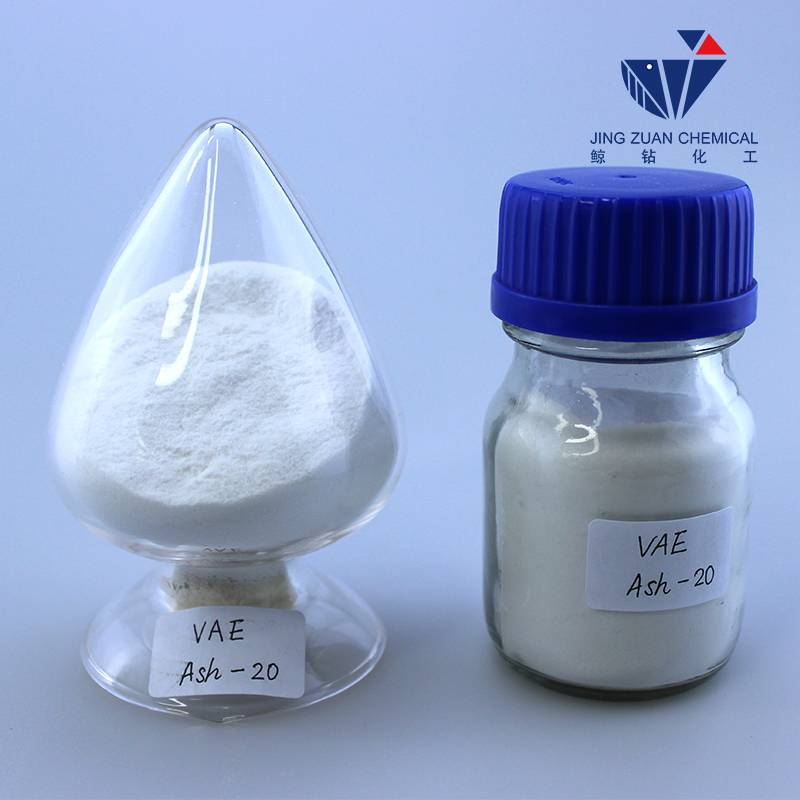
8 сар . 22, 2024 02:10 Back to list
Exploring the Applications and Benefits of Hydroxypropyl Methylcellulose in Various Industries
Understanding Hydroxypropyl Methylcellulose (HPMC)
Hydroxypropyl Methylcellulose (HPMC) is a versatile and widely used polymer, particularly in the pharmaceutical, food, and cosmetic industries
. Recognized for its unique properties, HPMC serves as an essential ingredient in many applications due to its ability to dissolve in water, form gels, and act as a thickening agent.What is HPMC?
HPMC is a semi-synthetic, non-ionic cellulose ether derived from natural cellulose. Through a chemical modification process, hydroxypropyl and methyl groups are introduced into the cellulose structure, which enhances its solubility and functional properties. This modification results in a product that exhibits excellent film-forming capabilities, mechanical strength, and thermal stability, making it an ideal choice for various applications.
Applications of HPMC
1. Pharmaceutical Industry One of the most significant uses of HPMC is in the pharmaceutical field. It is commonly used as a binder and controlled-release agent in tablet formulations. By controlling the release rate of active ingredients, HPMC ensures that medications are delivered effectively over an extended period. Additionally, due to its ability to form gels, HPMC is utilized in ophthalmic preparations like eye drops, where it aids in maintaining moisture and providing a protective barrier.
2. Food Industry In food applications, HPMC serves as a thickening, emulsifying, and stabilizing agent. It is often found in products like sauces, dressings, and ice creams, where it enhances texture and mouthfeel. HPMC is also favored in gluten-free formulations, providing necessary viscosity and cohesion that many gluten-containing ingredients typically provide.
hpmc hydroxypropyl methylcellulose

3. Cosmetics and Personal Care HPMC is widely used in cosmetics, where it functions as a thickener, emulsifier, and film former in creams, lotions, and gels. It helps improve the texture and application of products while ensuring stability and longevity. Its non-toxic and non-irritating nature makes it suitable for sensitive skin formulations.
4. Construction Industry In construction, HPMC is used in cement and gypsum-based products to enhance workability and water retention. It enables better adhesion and improves the performance of adhesives and mortar, making it indispensable in modern building applications.
Benefits of HPMC
The benefits of using HPMC are numerous. Its high level of biocompatibility makes it safe for a wide range of applications, especially in pharmaceuticals and food products. HPMC is also resistant to microbial contamination, adding to its appeal in various formulations. Furthermore, it is stable over a wide pH range and can be used in both acidic and alkaline environments, which is particularly important for many industrial applications.
Conclusion
Hydroxypropyl Methylcellulose is an invaluable component across multiple industries. Its unique properties and versatility make it a preferred choice for formulators looking to enhance the performance, stability, and texture of their products. As consumer demands continue to evolve, the importance of HPMC will likely grow, paving the way for innovative formulations that cater to health, nutrition, and personal care. With ongoing research and development, HPMC's applications are expected to broaden, offering exciting possibilities in various sectors.
-
Versatile Hpmc Uses in Different Industries
NewsJun.19,2025
-
Redispersible Powder's Role in Enhancing Durability of Construction Products
NewsJun.19,2025
-
Hydroxyethyl Cellulose Applications Driving Green Industrial Processes
NewsJun.19,2025
-
Exploring Different Redispersible Polymer Powder
NewsJun.19,2025
-
Choosing the Right Mortar Bonding Agent
NewsJun.19,2025
-
Applications and Significance of China Hpmc in Modern Industries
NewsJun.19,2025







